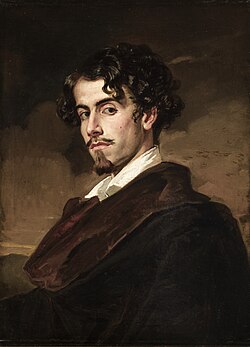- Virgen de las Cuevas by Francisco de Zurbarán
This article needs additional citations for verification .(September 2021) |
Museo de Bellas Artes de Sevilla | |
 Façade of the Museum of Fine Arts of Seville | |
 Interactive fullscreen map | |
| Established | September 1835 |
|---|---|
| Location | Seville, Spain |
| Coordinates | 37°23′33.54″N6°0′0.47″W / 37.3926500°N 6.0001306°W |
| Type | Art museum |
| Owner | General State Administration |
The Museum of Fine Arts of Seville (Spanish : Museo de Bellas Artes de Sevilla) is a museum in Seville, Spain, a collection of mainly Spanish visual arts from the medieval period to the early 20th century, including a choice selection of works by artists from the so-called Golden Age of Sevillian painting during the 17th century, such as Murillo, Zurbarán, Francisco de Herrera the younger, and Valdés Leal.
Contents
The building itself was built in 1594. The institution of the provincial museum of Seville was created in September 1835. [1] Items were moved to the museum in the ensuing years. [2] The building it is housed in was originally home to the convent of the Order of the Merced Calzada de la Asunción, founded by St. Peter Nolasco during the reign of Ferdinand III. Extensive remodeling in the early 17th century was led by the architect Juan de Oviedo y de la Bandera.



